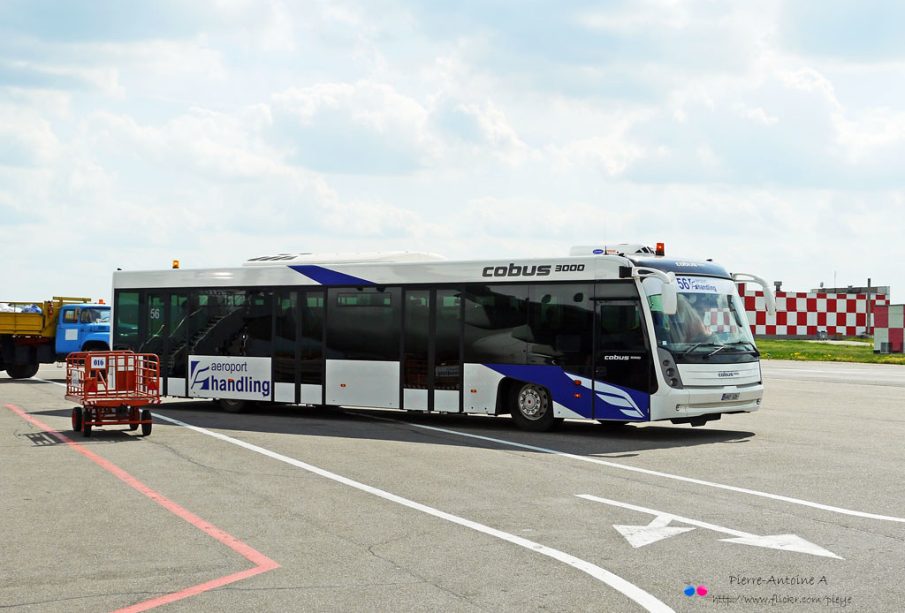Moldova’s Path Forward: Challenges and Opportunities

Introduction
Moldova, a small Eastern European country perched between Romania and Ukraine, has been gaining significant attention due to its strategic location and complex political landscape. As it strives for closer ties with the European Union, Moldova faces numerous challenges that include economic difficulties, energy reliance, and political instability. Understanding Moldova’s current situation is crucial for those interested in European politics and regional stability.
Political Landscape and European Aspirations
In recent months, Moldova has taken critical steps towards EU integration. This shift comes following the pro-European government elected in 2021, led by President Maia Sandu. The government has prioritized reforms aimed at strengthening democratic institutions, improving the business environment, and combating corruption. The European Council designated Moldova as a candidate for EU membership in June 2022, a decision that indicates a significant shift in its foreign policy aspirations.
Challenges Facing Moldova
However, Moldova is not without its obstacles. One of the most pressing issues is its reliance on Russian energy, particularly natural gas, which has made it vulnerable to external pressures, especially in light of the ongoing conflict in Ukraine. Inflation has surged, with the National Bank of Moldova noting a dramatic increase in consumer prices primarily due to these energy costs. Additionally, the political atmosphere often faces turbulence, with protests being commonplace as citizens demand better governance and economic conditions.
Social Issues and Economic Development
Socially, Moldova grapples with issues such as poverty and emigration, with many Moldovans seeking better opportunities abroad. According to the latest estimates, approximately 20% of the population lives in poverty, prompting concerns about workforce sustainability and economic growth. The government has pursued various strategies to attract investments, including improving the legal framework for businesses and enhancing infrastructure, which is essential for economic revitalization.
Conclusion
As Moldova navigates through these complex challenges, the future appears to be a mix of hardships and opportunities. The commitment to EU integration not only offers a potential pathway for economic improvement but also represents a collective hope for a more stable and prosperous future. For readers invested in European affairs, Moldova stands as a focal point of change and resilience in a rapidly evolving geopolitical landscape. Keeping a close eye on Moldova’s developments will be crucial, as its success or struggles could have wider implications for the region.









